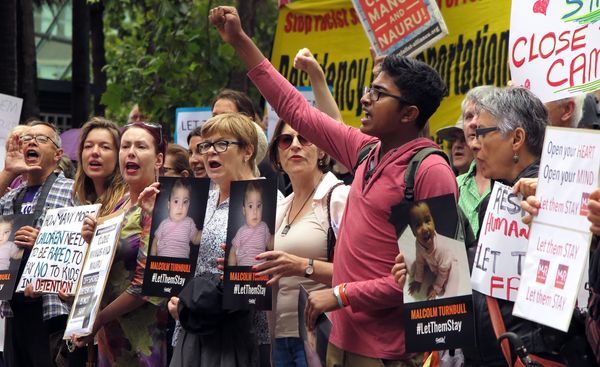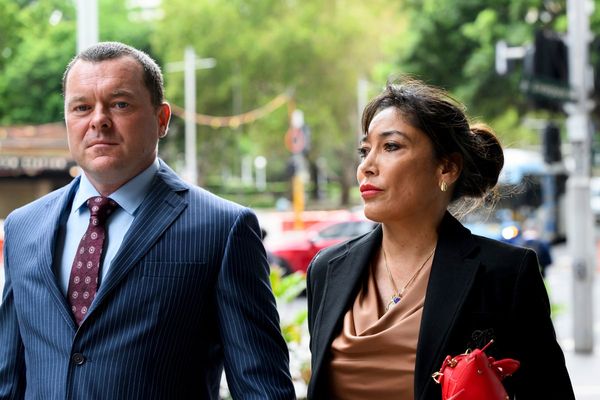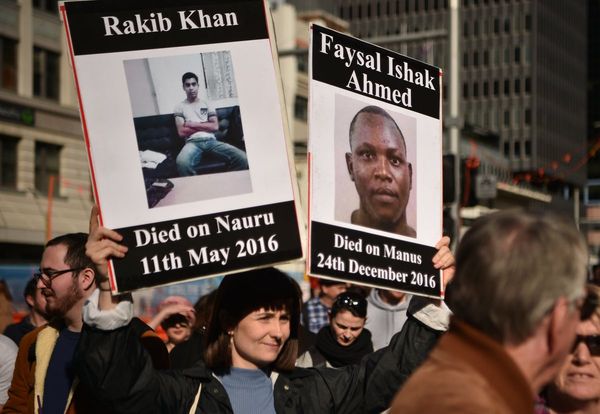
When Fortec Motorsport bowed out of International Formula 3000 at the end of 2000, it did so with a single podium courtesy of Jamie Davies finishing second in Monaco. Another provisionally taken by Andreas Scheld at the Nurburgring was chalked off for the most minor of technical infractions, a stray piece of tape on the front wing endplate following a change of nose robbing the German of a true shock result in mixed conditions.
But it is conceivable that the team's tally might well have been far higher had a promising test with a future world champion resulted in a race deal. The small matter of a route to Formula 1 unexpectedly opening up for Jenson Button ultimately took care of that.
Button's meteoric rise from British Formula 3 to F1 with Williams for 2000, after beating Bruno Junqueira in the race to replace Alex Zanardi, is well-known. But less remembered is his appearance at a three-day end-of-year F3000 test at Jerez 25 years ago, as he evaluated the next stage of a career that would a matter of days later take in a maiden F1 test as his prize for winning the previous year's McLaren Autosport BRDC Award.
Button made his F3000 bow with Super Nova before moving on to Fortec, a team new to the category for 1999 that had peaked with two fifth places for ex-F1 racer Norberto Fontana. After setting the sixth-fastest time, he made an impression on team boss Richard Dutton.
“If you'd asked me a week ago whether he was ready for F3000, I'd have said not,” he told Autosport at the time. “After what I've seen, however, I'd say he's ready now.”
It turned out that Button was ready for far more than F3000 – a point that was quickly apparent to Fortec team manager and Button’s engineer at the test, David Hayle.
“He was definitely one of those drivers that was mature beyond his years in terms of ability,” recalls Hayle. “Nothing fazed him. You couldn't put him off his stride, he was permanently in the zone when he was in the car. It was a really, eye-opening experience to get somebody so young, so mature and so good all together.”

Button had graduated from Formula Ford to the F3 ranks for 1999 with the Renault-powered Promatecme team, ending up best of the rest behind title protagonists Marc Hynes (Manor Motorsport) and Luciano Burti (Paul Stewart Racing). His performances had attracted attention from the Prost F1 team, who would give him a trial at Barcelona in December and ignite speculation that he could race for its F3000 arm – a race winner with Stephane Sarrazin in 1999 – if he didn’t return to F3 with Promatecme.
Fortec had run Kristian Kolby and Matt Davies to fourth and fifth in the 1999 British F3 standings, and so got a close look at the upstart Button. Hayle says the “massive PR campaign” behind Button had intensified its desire to beat him and admits to becoming saturated by the hype, but it bred in him a curiosity that this might just be a very special driver who Fortec couldn’t afford not to try out at the next level.
Hayle recalls making a pitch to a reluctant Dutton before proceeding anyway to organise a meeting at Towcester’s Little Chef with Button’s manager David Robertson. “We agreed a very favourable deal for him to do it,” he says, clarifying that this was initially only for one day of the test due to the proximity of Button’s run in the 1998 world championship-winning McLaren MP4-14.
“We got in the car and I was like, ‘this is amazing’. The position was great, low, it was like ‘what’s going on?’”
Jenson Button
Speaking to Autosport in 2020, Button revealed he didn’t get on well with Super Nova’s Lola B99/50. “I hated the test, was really slow on the first day,” he said.
But when he headed to Fortec, it was a revelation for both parties. Button recalled: “The next day and we got in the car and I was like, ‘this is amazing’. The position was great, low, it was like ‘what’s going on?’”
Hayle was assigned to be his engineer and, as he got to know the driver that would become a 15-time Grand Prix winner, discovered that he was “really pleasantly surprised by what I saw as the real Jenson Button, as opposed to the Jenson Button that we'd been competing against all season”.
“Underneath there was a really just genuine, easy-going boy that was bloody good in a race car,” he says. “We did the test and it was one of the easiest days at a race track that I've that I've had. He was great; he was calm, bought into everything that you asked him to do.”

Conversation soon turned to the prospect of continuing for the final morning of the test on 10 November. “We hastily moved stuff around and got him in,” says Hayle, before the team and Button’s entourage – which included his late father, John – went to dinner at a pizza joint near the track.
“I sat next to Jenson and said, ‘I owe you an apology’,” relates Hayle. “‘All year long, I've really been giving you a hard time. Not just me; everyone's giving you a hard time because of the whole PR thing that's behind you and I joined the bandwagon. I thought you were made up and it wasn't real, but I got it wrong; you're bloody good in a car, I'm really enjoying the test. I'm sorry’. And he said, ‘Oh, yeah, but I'm used to it, I got it from everyone’.”
To Hayle, Button’s performances on the second day were telling of his approach. In Jerez, he explains, typically teams would use one set of tyres in the morning then save a set for the afternoon. Since Button was only staying for the morning, Hayle devised a plan to use both sets. He says minimal changes were made after the first run, which was benchmarked against Mario Haberfeld in the sister Fortec car.
“It was nothing significant, it was more a case of 'just show me where I need to improve,’” explains Hayle. Once that was taken on board, Button went out again, taking the rest of the pitlane by surprise.
Hayle recalls “the whole paddock scrambling to get drivers and people back on the cars, putting on another set of tyres” to follow suit, bucking convention. “He ended up P6 out of 44 cars, or something like that,” adds Hayle. “It was just incredible.”
How representative testing times are can be up for debate. After all, the test was topped by Haberfeld, who went on to sign for Fortec but didn't score a point in a season blighted by a huge qualifying accident in Barcelona. Davies was brought in for two races while the Brazilian recovered, his Monaco showing putting to rest memories of a trying 1999 with Edenbridge as he focused subsequently on sportscars.
But other rookies in 2000 provide a hint of what Button might have achieved in the category. Sportscar convert Mark Webber (European Arrows) was a winner at the second time of asking at a wet Silverstone, after a robust move on fellow newcomer Darren Manning (Arden). Fernando Alonso was unable to take the start at Silverstone due to a technical irregularity with his Astromega car’s engine studs, but tracked winner Junqueira all the way to the flag in Hungary before putting together a dominant performance in Spa on his way to F1 with Minardi.

And while Button himself admitted that the Apomatox/Prost Junior team would have been the more likely option for 2000, if Williams had chosen Junqueira instead, he believes he could have mastered the Lola B99/50.
“You get used to something over time,” he said. “Super GT when I jumped in it, didn’t enjoy it at all and I was nowhere. After a few days testing, we were on the pace and we won the championship that year [in 2018], so it just takes time. We learn to adapt, some cars take longer than others.”
But when the Williams opportunity came, F3000 would naturally fall by the wayside and his affiliation with Fortec proved fleeting. Yet Hayle has no doubt that “skipping F3000 was absolutely the right thing to do for him”, as Button put together a decent first season in F1, reaching the points in the second race and on five further occasions to peak with fourth at Hockenheim.
“If you get the chance to go to F1, without doing [F3000], why wouldn't you?” he says.








